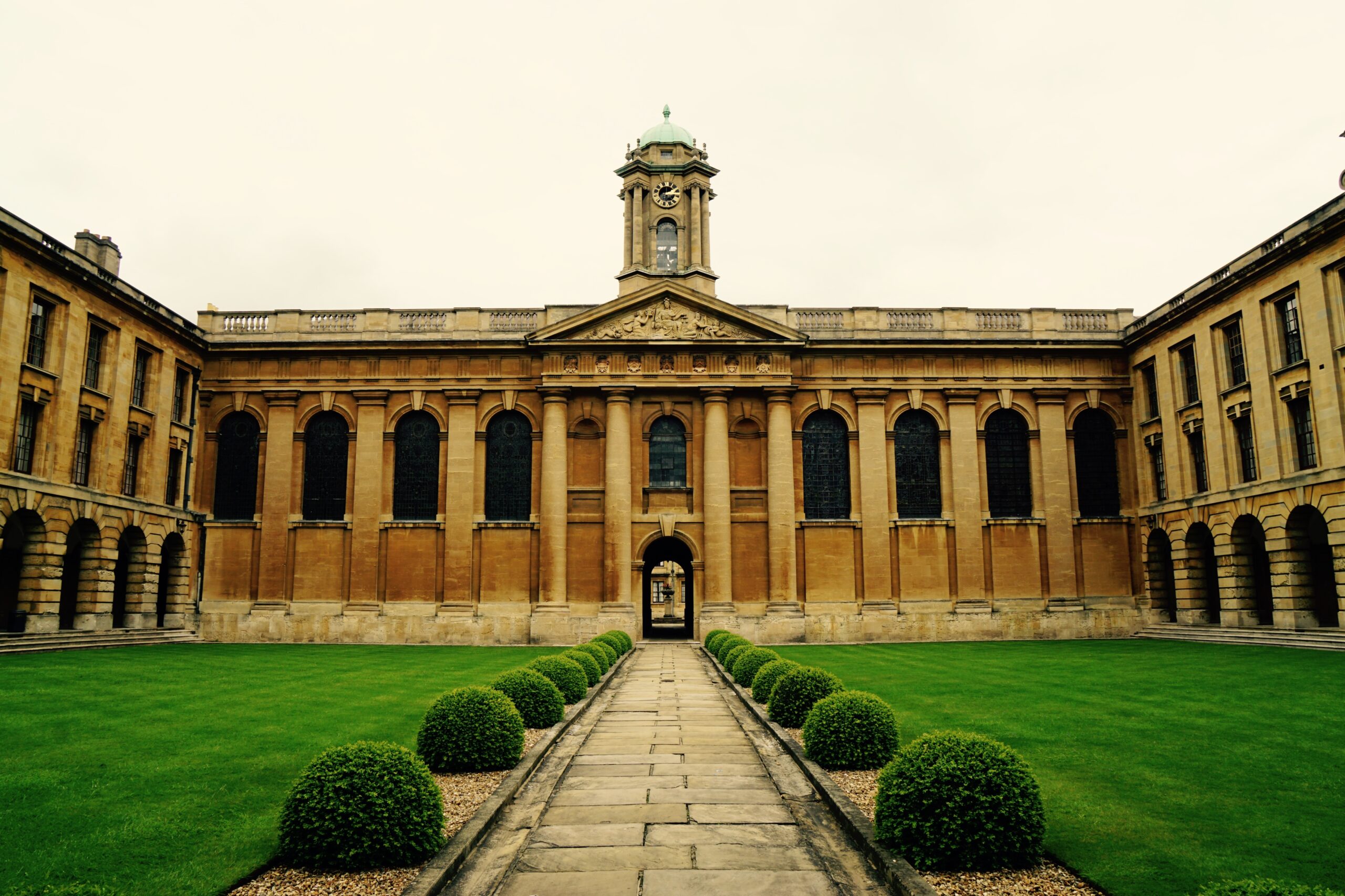Research Questions
To explore the problem, the following research questions were addressed:
- To what extent are Erich Jantsch’s five crucial innovations found in the innovations of four small institutions today?
- What role has leadership played in these innovations?
- In what ways do the innovations today respond to present-day disruptive forces?
- In what ways are these innovations helping institutions to evolve?
- In what ways are institutions integrating innovation in their institutional planning processes?
Literature Review Topics
- American Higher Education
- Colleges and Communities
- Disruption in Higher Education
- Leading Innovation in Higher Education
Conceptual Framework
The conceptual framework includes five topics that correspond to the research questions, including:
- crucial innovations,
- leading innovation in small institutions of higher education,
- disruptive forces,
- self-renewal, and
- integrative planning
The research process used Erich Jantsch’s five crucial innovations to guide the study and to create the main survey of the study, in particular.
Findings
The overriding finding in this study revealed that Erich Jantsch’s five crucial innovations can be found to some extent in these innovations of four small institutions of higher education (IHE).
- Innovation #1: the new purpose of the university. All of the colleges and their members are taking an active role in the community, participating in community development, and setting goals for the community’s future.
- Innovation #2: the principal orientation of the activities is toward socio-technological system engineering. All of the colleges and their members are taking steps to align mission, academics, research, and service with the needs of the future and not of the present.
- Innovation #3: the basic structure includes interaction among three structural units (education, research, and service). All of the colleges feature spaces and academic work where faculty, students, staff, and members of the community (government, professionals or community members) are working to address the current and future needs of society.
- Innovation #4: the three structural units have evolved for systematic emphasis. All of the colleges feature systemic emphasis in some way. In the education function, students have a chance to learn about design principles, systems thinking, and human organization in different disciplines. Research is focused on the issues society faces today, the effects of different actions, and the needs of the future. These issues might include health care, efficient transportation, mail delivery, controlling crime, and education. The service function includes an active role in national or local policy. There is unity among these three functions.
- Innovation #5: an active relationship between the university and society. All of the colleges are participating in city and societal planning and decision-making through their three functions.
Conclusions
- Small colleges are taking on a leadership role in their surrounding communities.
- Small colleges can respond to disruptive forces.
- Innovations are helping institutions to evolve.
- Institutions are integrating innovation in their institutional planning.
- Erich Jantsch’s 1969 report and other related work deserve closer study in the context of higher education research.


